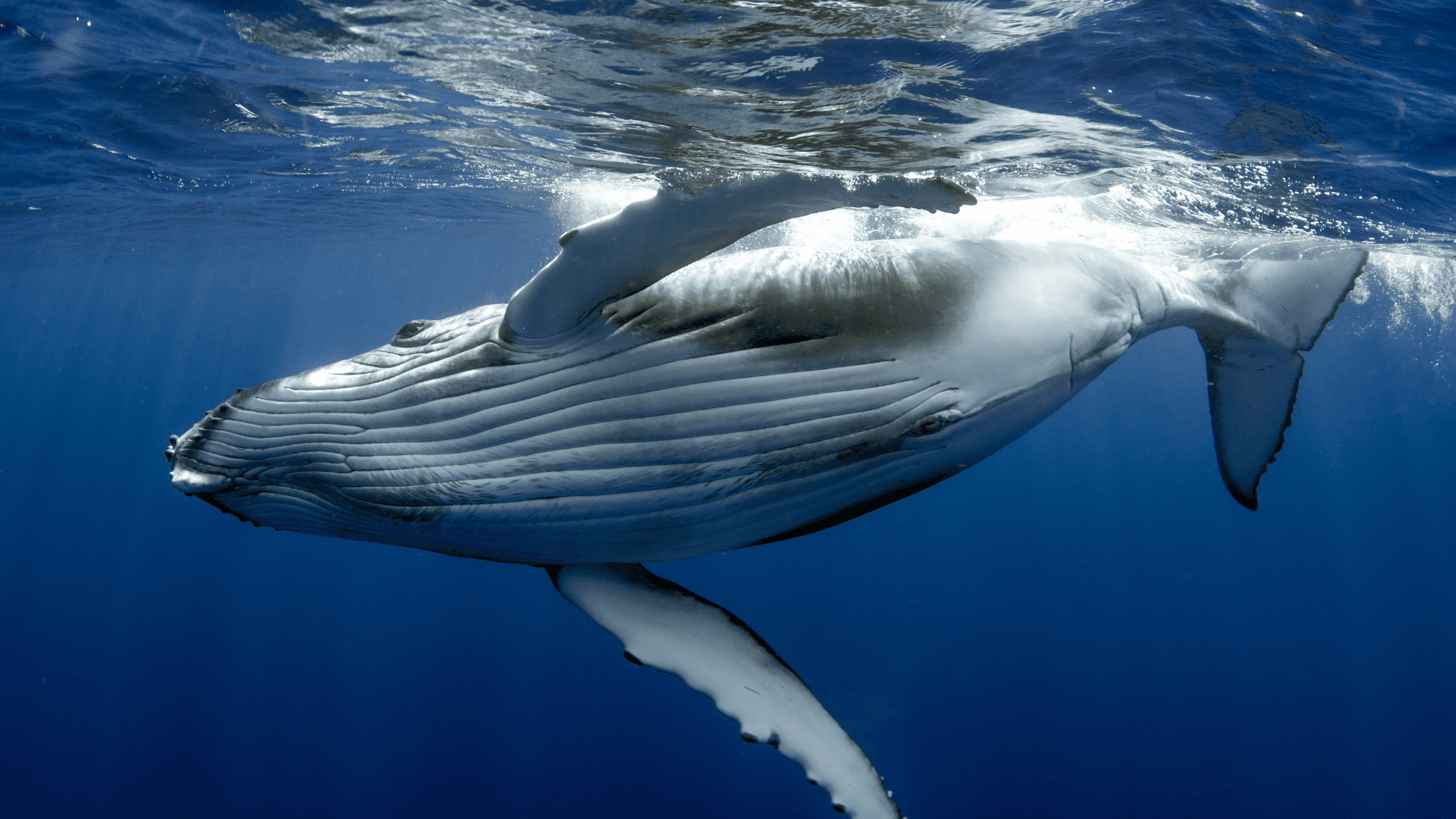Marine biologists at Australia’s Griffith University tagged humpback whales with underwater cameras during their seasonal migration to learn more about the symbiotic relationship between the whales and the remoras or suckerfish that hitch rides on their backs.
POV Riding a Humpback Whale

The suckerfish hitch rides on whales to eat the sea lice and other crustaceans that also reside on the mammal’s skin. The remora uses its oval-shaped dorsal fin as an adapted suction cup to keep itself stable on the whale. The flexible membrane ridges on the fin raise and lower to generate adhesive force, allowing the fish to either stick to the whale or release and swim independently.
Although researchers understand the physical mechanics of the bond, they know relatively little about the day-to-day relationship between the whale and suckerfish. Through the new project, they’ve learned about the remora’s daily habits, what it eats regularly, and how it’s viewed by whales.
“I think one of the biggest surprises when we investigate videos captured from our tags was the remoras’ ability to move around freely and keep returning to the whale’s body, even during very fast ascents to the surface and immediately after the whale breaches and returns to the water,” marine scientist Olaf Meynecke said in a statement.
When the whale quickly ascended to the ocean’s surface and reemerged in the water, the footage shows remoras quickly and easily reattaching themselves.
“It was amazing to see how fast and nimble they were during several different rides with the whales,” Meynecke added.
The experiment also shows that remoras have adapted to the hydrodynamics of whale travel by using their dorsal plates to generate a vacuum effect so they can stick to the whale’s skin. The remoras were also spotted eating the whale’s shedding skin when lice and other parasites weren’t available.
Though the relationship appears to be mutually beneficial, researchers believe the whales aren’t happy with the presence of their fish friends.
“Even though they are likely beneficial for the whales, as they eat other host organisms such as sea lice, the whales seem to dislike their presence,” said Meynecke. “We have observed whales eyeing them, undertaking multiple breaches, then checking again.”


